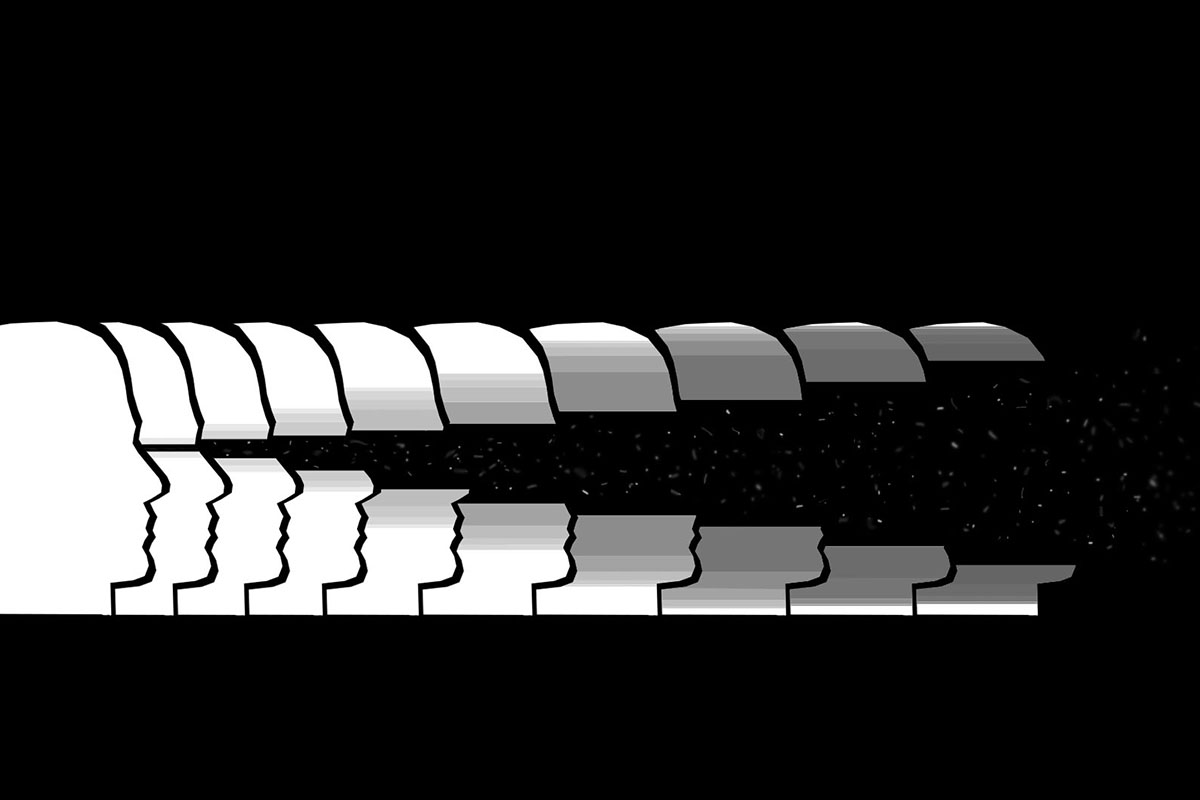Since the start of russia’s aggression against Ukraine, the term "propaganda" has been increasingly prevalent in the media. With the onset of a full-scale invasion by russians, this concept has become even more relevant.
However, the desire to influence public opinion is nothing new. Even during the Second World War, various forms of propaganda were used on both sides of the front line. Both the Nazis and the Soviet government used propaganda in multiple forms, such as films, newspapers, and posters on both sides of the front line.
Do you understand the power of these messages and whether art can be used to manipulate or as a tool for genuine information and to mobilize society?
The War Museum guide Ihor Buchma answers these and other questions in his lecture series "The Art of Propaganda."
Middle and high school students will participate in thematic classes, learning about the historical origins of propaganda and the danger posed by the aggressor’s information manipulations to modern Ukrainian society. Museum classes will help strengthen critical thinking and a democratic outlook among young people.






